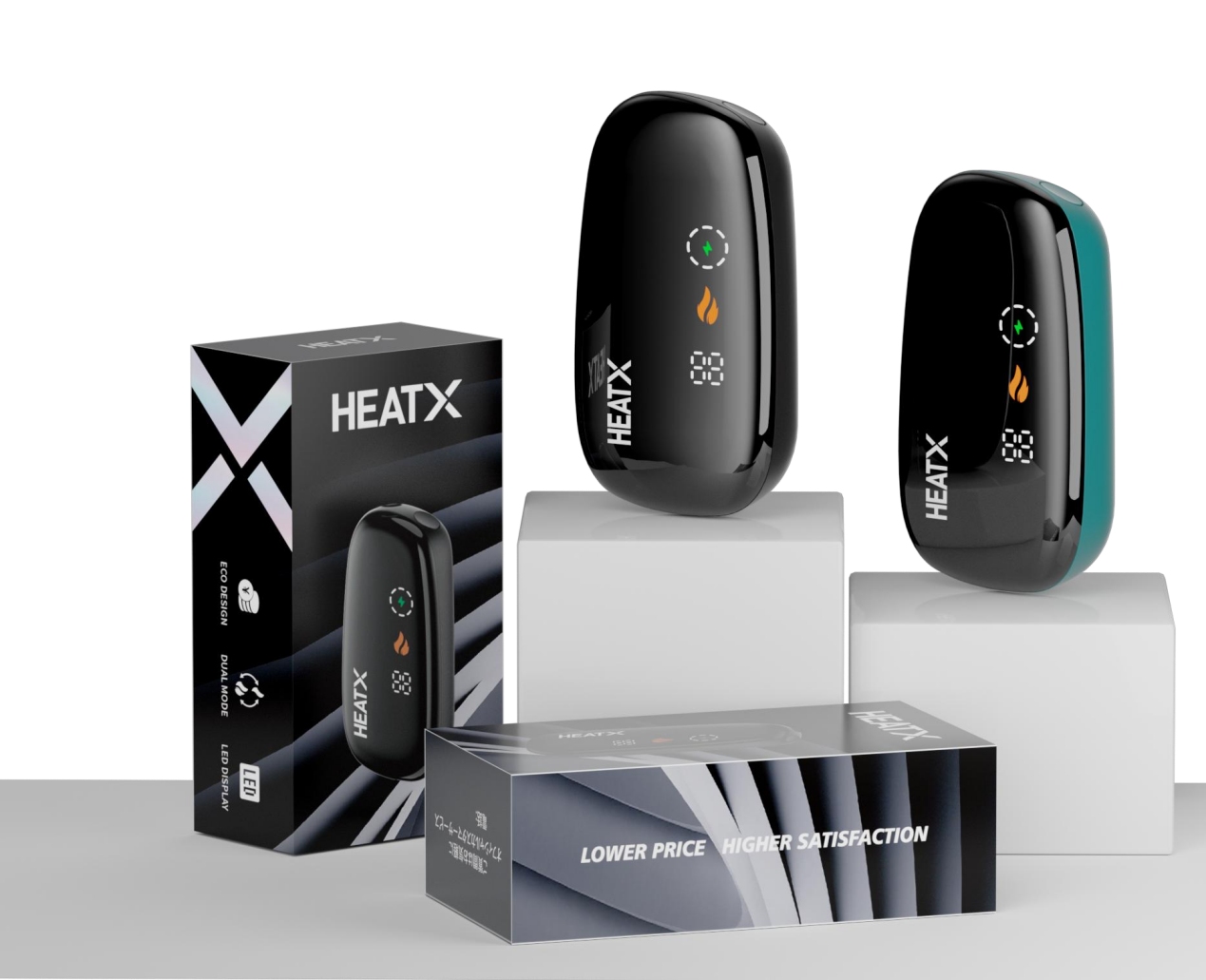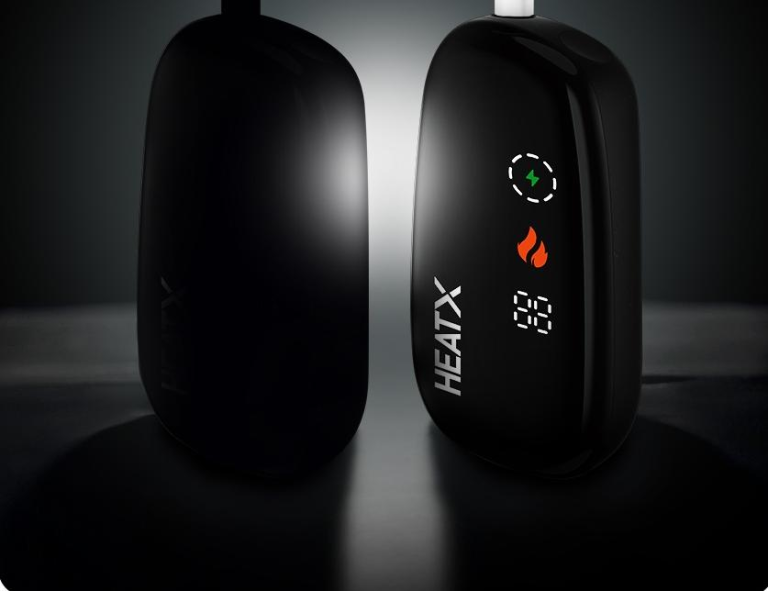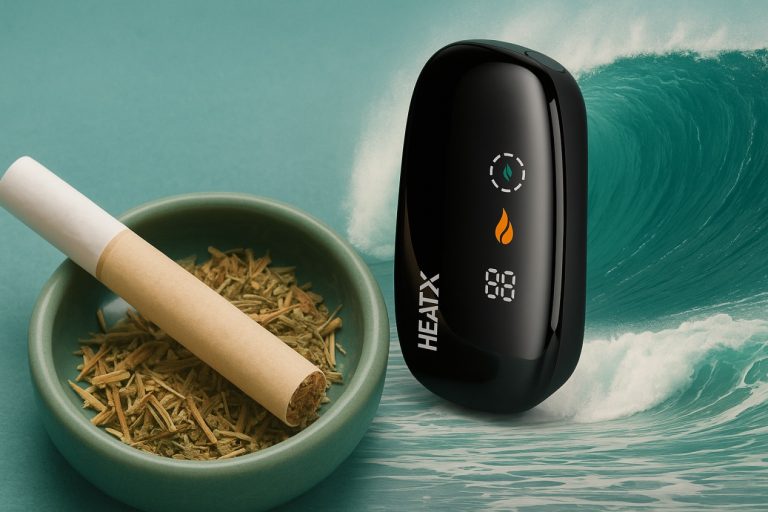
The global heat-not-burn (HNB) market is seeing some big changes as consumers look for alternatives to traditional smoking. Things are evolving. These heated tobacco products give users less exposure to bad substances because they heat tobacco instead of burning it, which has caught the eye of both customers and official regulators. As this industry gets bigger, government rules are becoming very important in deciding how companies price and promote their products.
Governments across the globe are putting tough policies in place for all tobacco-related products, and this includes HNB devices. These rules affect just about everything. For instance, they control packaging, advertising, taxes, and sales. For any business that wants to do well in the HNB market, following local and international laws is a must, not just to get into the market but also to stay in business for a long time.
Global Regulatory Trends Affecting the HNB Market
Regulatory frameworks can be grouped into a few main types that, all together, guide the direction for makers and sellers of heat-not-burn products.
First of all, taxation policies have one of the biggest effects. Some nations classify heated tobacco just like they do regular cigarettes, adding excise taxes that really change the final store price. What’s more, marketing rules are also quite usual, with many places banning ads and making health warnings mandatory. Besides that, product approval processes require a lot of testing and a full list of ingredients before a product can even be sold.
These policies are not the same everywhere. In the European Union, for example, the rules are very strict. In contrast, the Asia-Pacific area has a wide mix of different regulations. Over in North America, especially in the United States, the FDA demands premarket authorization for any new tobacco products.
Influence of Regulation on Pricing Strategies in the HNB Sector
Pricing strategies in the heat-not-burn industry depend a lot on tax plans and how products are officially classified. Excise taxes can make retail prices much higher. It’s a real challenge. So that they can stay competitive but also keep their profits, companies have to be smart about how they set their prices. The decision to either absorb those costs or pass them to the customer rests on what the market is like, such as how much money people make and the brand’s image.
In places with high taxes, brands might use clever strategies like selling smaller packs or offering deals that bundle products with accessories. On the other hand, in areas where the rules are not as tough, companies have more freedom to use premium pricing that focuses on high quality and new ideas.
Marketing Strategy Adjustments Driven by Regulation
As advertising rules get tougher around the world, companies are having to rethink how they promote their heat-not-burn products. Traditional ads are often banned. As a result, brands are now focusing on in-store promotions or special events where those are still allowed by law.
Because they usually can’t make direct health claims, companies talk about other benefits, such as cool technology or lifestyle advantages. The message from brands is more and more about new ideas and the user’s experience. Packaging rules also affect what companies can say, which has led them to use things like QR codes that take people to approved educational websites.
The Role of Innovation in Navigating Regulatory Constraints
Innovation is still a vital tool for standing out in markets with a lot of rules. Better product designs help brands look different without breaking any laws. They need to stand out. Features like a longer battery life, smart temperature control, and better airflow all improve the user experience.
For example, the new device from HEATX has a high-efficiency utilization technology for a richer experience. This feature makes sure that more flavor is released and that the vapor quality is always good, which helps the company compete even when faced with tight government controls. To see how a company can use innovation while following the rules, let’s look at the strategy of Millennium Plus Holdings Group Limited and its brands.

Spotlight on Associated Brands: HEATX and ChillMist
HEATX, which is run by Millennium Plus Holdings Group Limited, and ChillMist, run by its sister company Shenzhen Qianhe Technology, are two main brands from the same parent group. They focus on the HNB and atomized e-cigarette markets. Both of them share a strong focus on innovation that comes from research and development. This dedication to quality makes sure their devices meet all kinds of different rules while still performing at a high level.
The newest HEATX device was designed for a smoother draw and better use of the tobacco stick. It has a high-efficiency technology that gets the most out of the stick while keeping costs down. This idea—giving a more refined taste without the tar you get from regular burning—is at the heart of the brand’s identity.
Strategic Synergy Between ChillMist and HEATX Brands
Following a single strategy from their parent group, ChillMist and HEATX work together in strong ways, and together they serve many different parts of the smoke-free market. They have a plan.
ChillMist is aimed at the atomized vaping markets, while HEATX is all about heat-not-burn products. This two-brand method helps them reach more people while keeping one shared vision that is all about new technology. By sharing their research teams, they can create new products much faster. The group’s 400+ technical experts—which include 57 PhDs and 95 people with master’s degrees—make it possible to have quick innovation for both product lines.
Summary of Key Takeaways
Government rules are a central part of shaping both pricing and marketing in the HNB industry. Different rules in different regions mean that companies need specific business plans for each area, all while keeping their brand identity the same around the world. Innovation is still the best way for businesses to stand out while staying within the legal lines. Millennium Plus Holdings Group Limited, with its HEATX brand, is a great example of a supplier that is focused on quality, following the rules, and user-friendly design.
FAQs:
Q1: What makes the new HEATX device different from other HNB products?
A1: The newest HEATX device has a high-efficiency utilization technology that pulls out more flavor and vapor from one tobacco stick. This gives a longer and more consistent experience. It is much smoother. Ultimately, this makes users happier and is also better for their wallets.
Q2: How does regulation affect the price of heated tobacco products?
A2: Rules like excise taxes can raise store prices quite a bit. Companies frequently change their pricing plans based on local tax laws. They might absorb some of the costs themselves or pass them on to shoppers, depending on how the market is behaving.
Q3: What is the relationship between ChillMist and HEATX?
A3: They are sister brands that belong to the same parent group, but they are run by two different companies. The HEATX brand is owned by Millennium Plus Holdings Group Limited, and the ChillMist brand is owned by Shenzhen Qianhe Technology. Even though they are separate, they use the same group R&D teams and share a goal of delivering quality and innovation.









